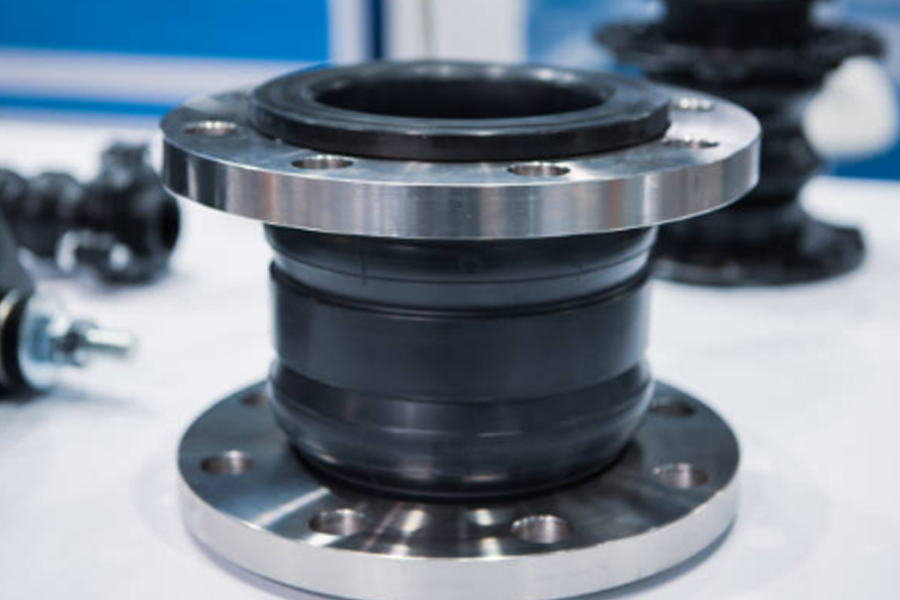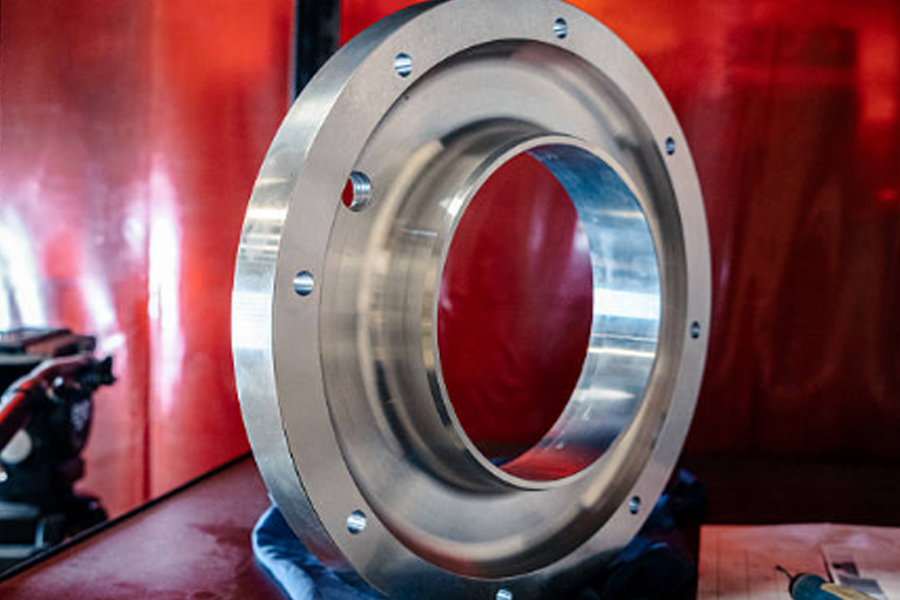Datetime:2025-08-15
Modern manufacturing demands increasingly higher precision and efficiency for complex structural components, and multi-axis CNC machine tools play a key role in this process. This article systematically analyzes the core concepts of this advanced machining technology, focusing on how to ensure high-precision machining of complex structural components. It will delve into its core technical principles, particularly the application logic of advanced motion control strategies and various effective error compensation methods in actual production. By analyzing these core mechanisms, the article aims to clearly present the complete path for achieving high-precision and high-efficiency machining with multi-axis CNC technology, laying the foundation for the detailed discussion in subsequent chapters.
Analysis of Multi-Axis Processing
Multi-axis CNC machine tools represent the advanced state of modern manufacturing technology. Their core lies in the coordinated operation of multiple motion axes according to a pre-defined program. This process uses a computer control system to precisely coordinate the motion paths of the main spindle and various linear and rotary axes, thereby achieving complex cutting paths in three or even multiple dimensions. Unlike traditional machine tools that rely on single-axis or simple two-axis motion, multi-axis machining can simultaneously complete the precision machining of multiple curved surfaces of complex structural components, significantly reducing setup times and process changeovers. This synchronous control capability is the key foundation for efficient, high-precision manufacturing of workpieces with complex geometric features, such as impellers and aerospace components. These characteristics make multi-axis linkage technology the preferred solution for addressing challenging, high-precision machining challenges.

Ensuring Precision for Complex Parts
Complex structural components, such as impellers and precision molds in the aerospace industry, feature complex geometries, numerous curved surfaces, and extremely stringent tolerances, posing significant challenges to machining accuracy. Ensuring machining accuracy for such parts is the core value of multi-axis CNC machine tools. This relies on a comprehensive guarantee mechanism: First, the machine tool's inherent geometric accuracy, kinematic precision, and dynamic stability are fundamental. A highly rigid mechanical structure, precision guideways, and bearing systems ensure accurate motion trajectories. Second, advanced multi-axis linkage interpolation algorithms precisely coordinate the motion of each axis, enabling smooth, continuous machining of complex spatial trajectories and effectively avoiding impact errors caused by sudden speed changes. Of particular note, dynamic factors such as ambient temperature fluctuations, spindle thermal deformation, and cutting force fluctuations cannot be ignored, necessitating the implementation of real-time monitoring and compensation strategies. Error compensation methods are crucial for improving final machining accuracy.
Application of Advanced Control Strategies
The application of advanced control strategies is crucial in ensuring the machining accuracy of complex components. Modern multi-axis CNC machine tools generally integrate intelligent algorithms such as feedforward control, adaptive control, and model predictive control (MPC). Feedforward control can proactively predict and compensate for dynamic errors caused by tool path changes or sudden load changes, significantly improving trajectory tracking accuracy. Adaptive control monitors machining conditions in real time and automatically adjusts control parameters based on material property changes or tool wear. For example, data shows that it can reduce dimensional deviations caused by tool wear by over 40%. Model predictive control, by building an accurate machine tool dynamics model, predicts system behavior multiple steps into the future and optimizes control inputs, effectively suppressing vibration and improving contour accuracy. It can reduce thermal deformation by approximately 30% when machining complex curved surfaces. These strategies work together to provide a solid data foundation and dynamic response capabilities for subsequent implementation of more refined error compensation.

Error Compensation Methods in Practice
In actual machining, error compensation is a key component in improving the machining accuracy of multi-axis CNC machine tools. Common compensation methods for complex components are categorized into two main types: real-time compensation and offline compensation. Real-time compensation relies on high-precision sensors to continuously monitor thermal deformation, vibration, or force changes during machining, allowing the control system to instantly adjust the tool path or feed parameters to correct them. Offline compensation, on the other hand, is typically implemented before or after machining. For example, precision instruments such as laser interferometers are used to measure the machine tool's geometric and kinematic errors, develop a detailed error model, and pre-install this compensation data into the CNC system. The effective combination of these two approaches can significantly offset the impact of inherent system errors and machining environment fluctuations, providing a solid guarantee for high-precision machining of complex components.
In the machining of multi-axis CNC machine tools, ensuring machining accuracy for complex components is key to improving overall production efficiency. By integrating advanced control strategies and efficient error compensation methods, machine tools can effectively reduce machining deviations and ensure high-precision component accuracy. These technologies not only optimize the process but also significantly reduce scrap rates, providing a solid foundation for high-efficiency production in the manufacturing industry. Therefore, the continued research and development and application of these assurance mechanisms will drive the industry towards smarter and more reliable processes, meeting ever-increasing quality demands.